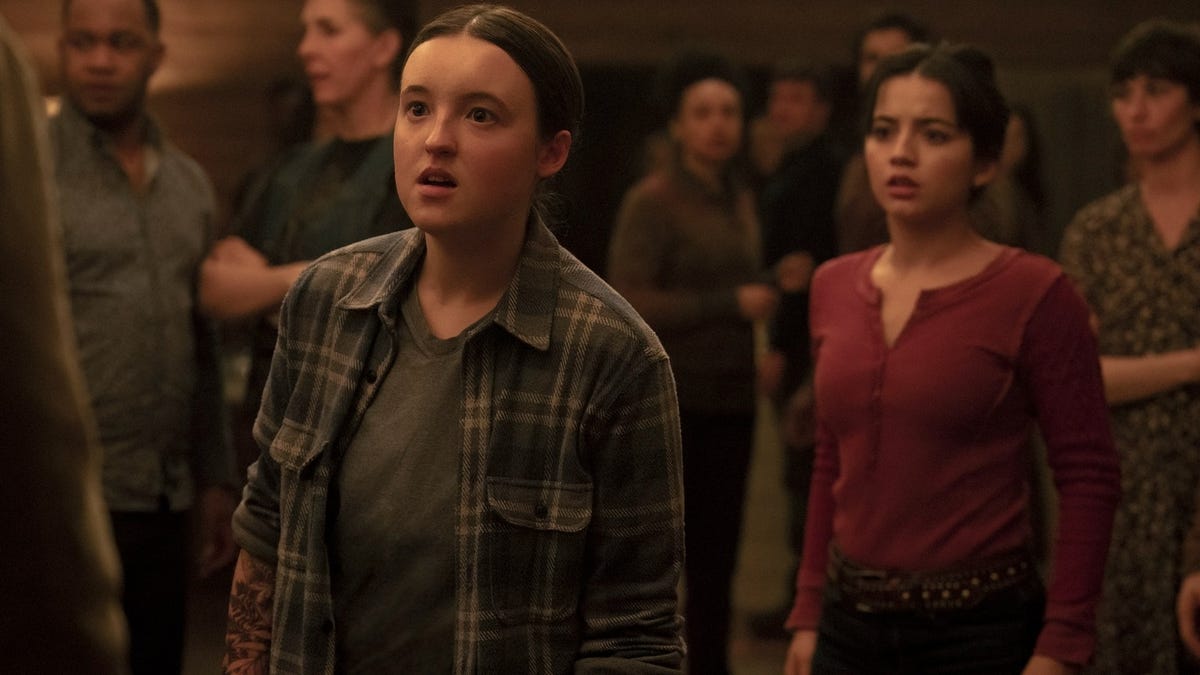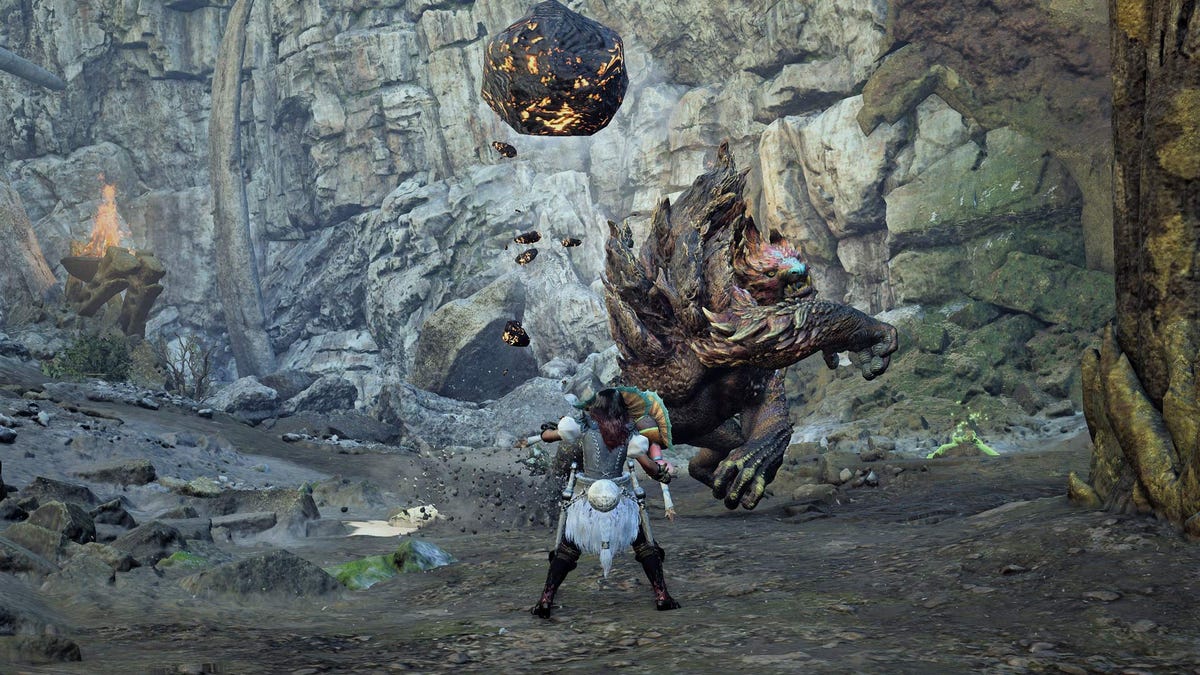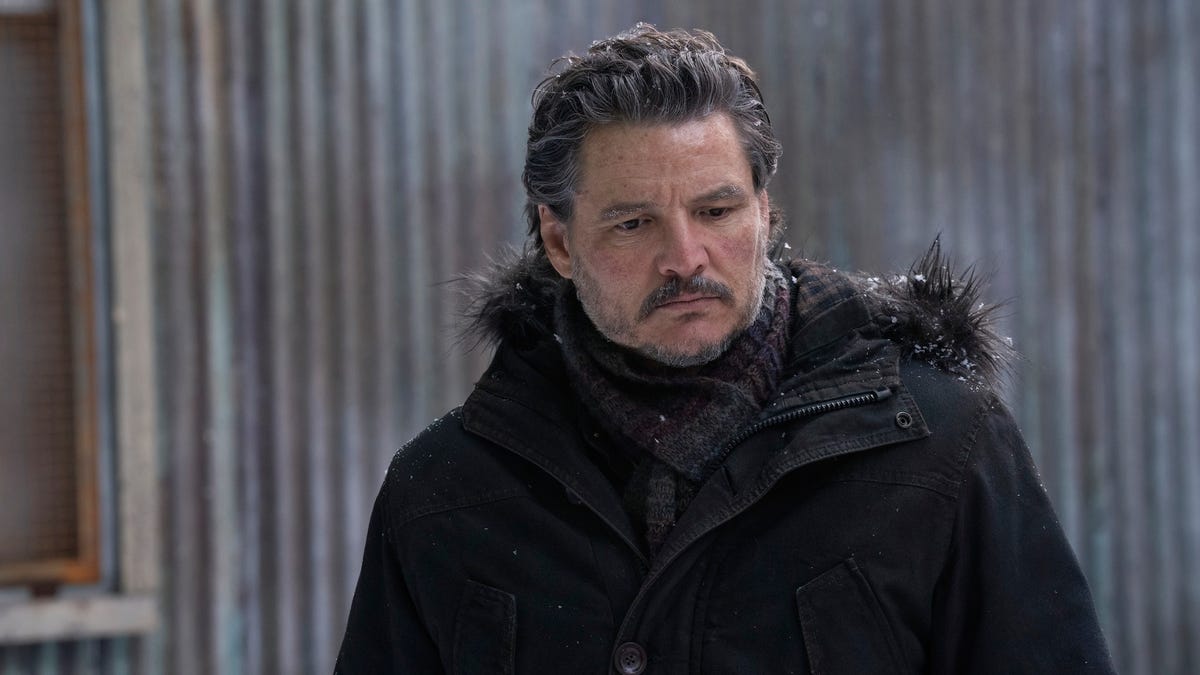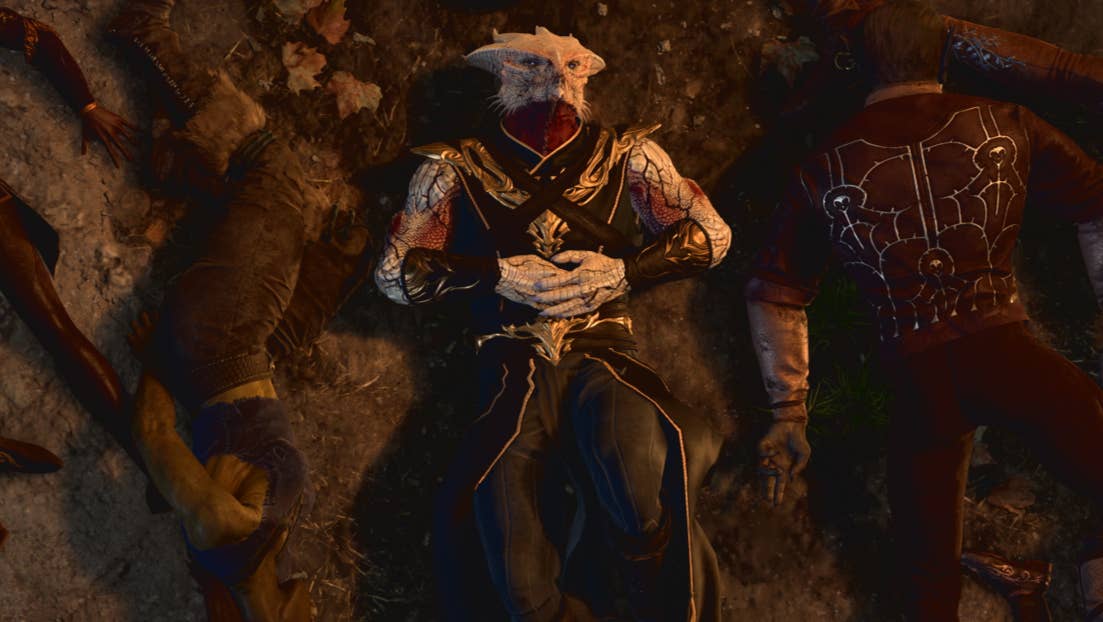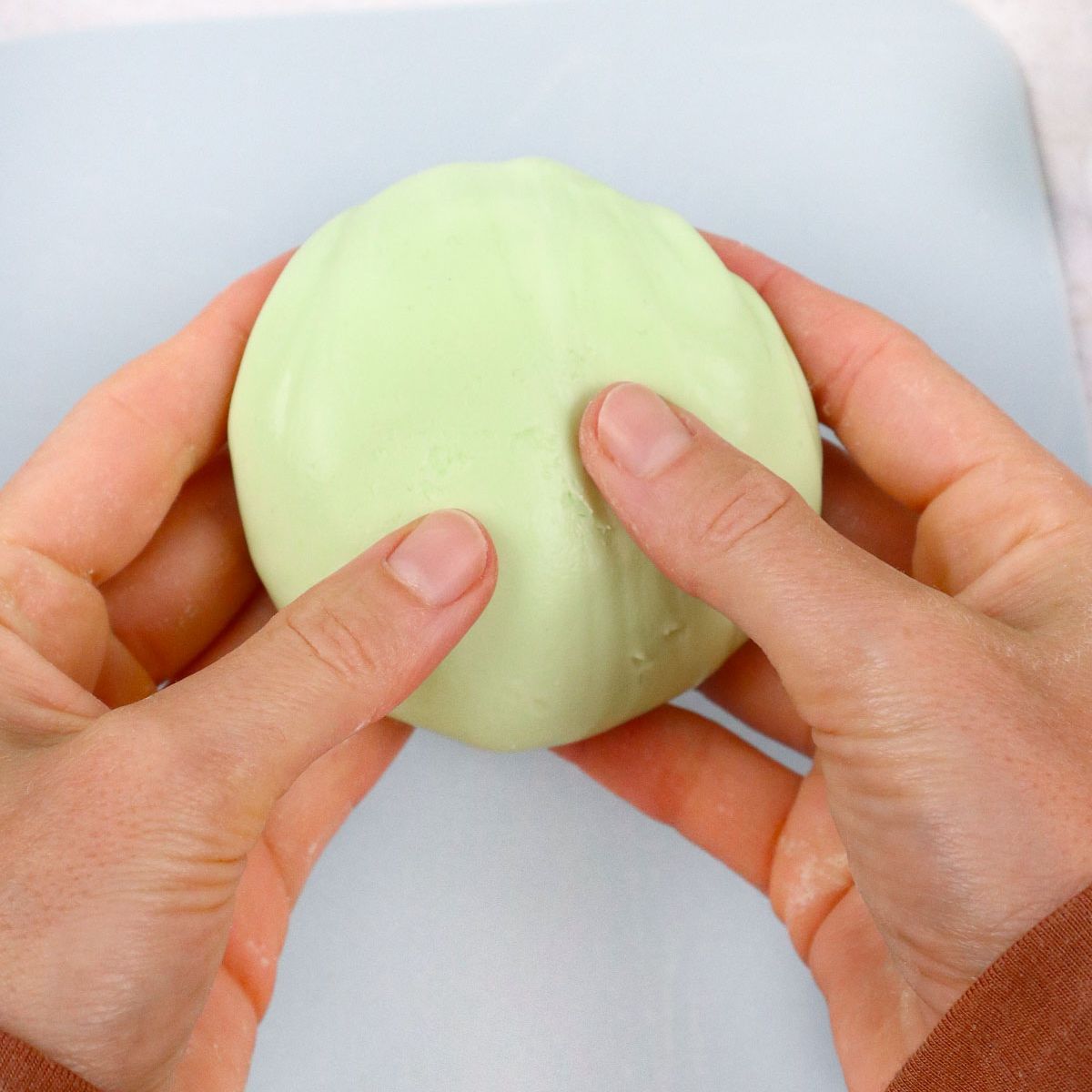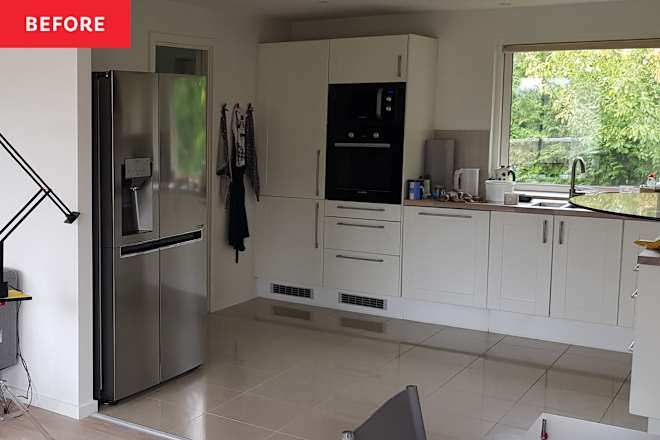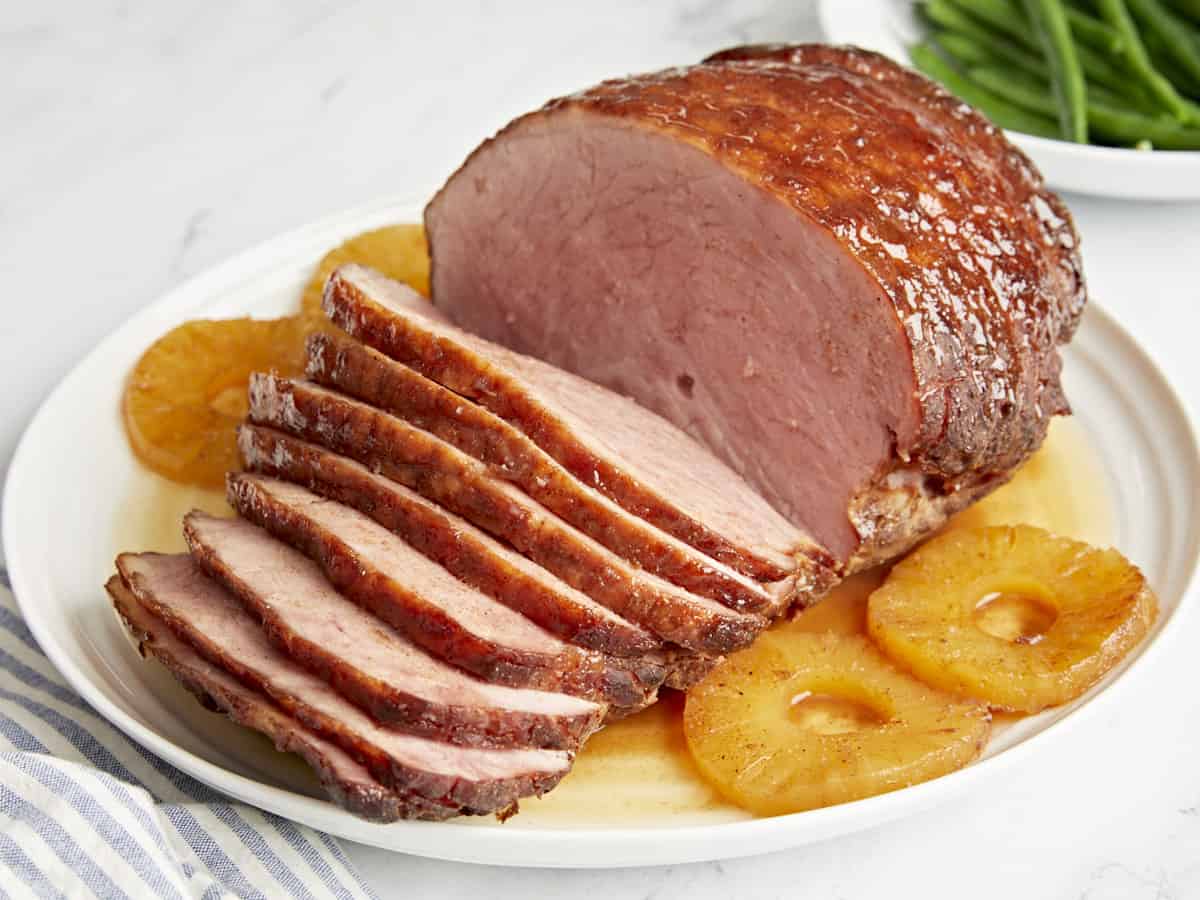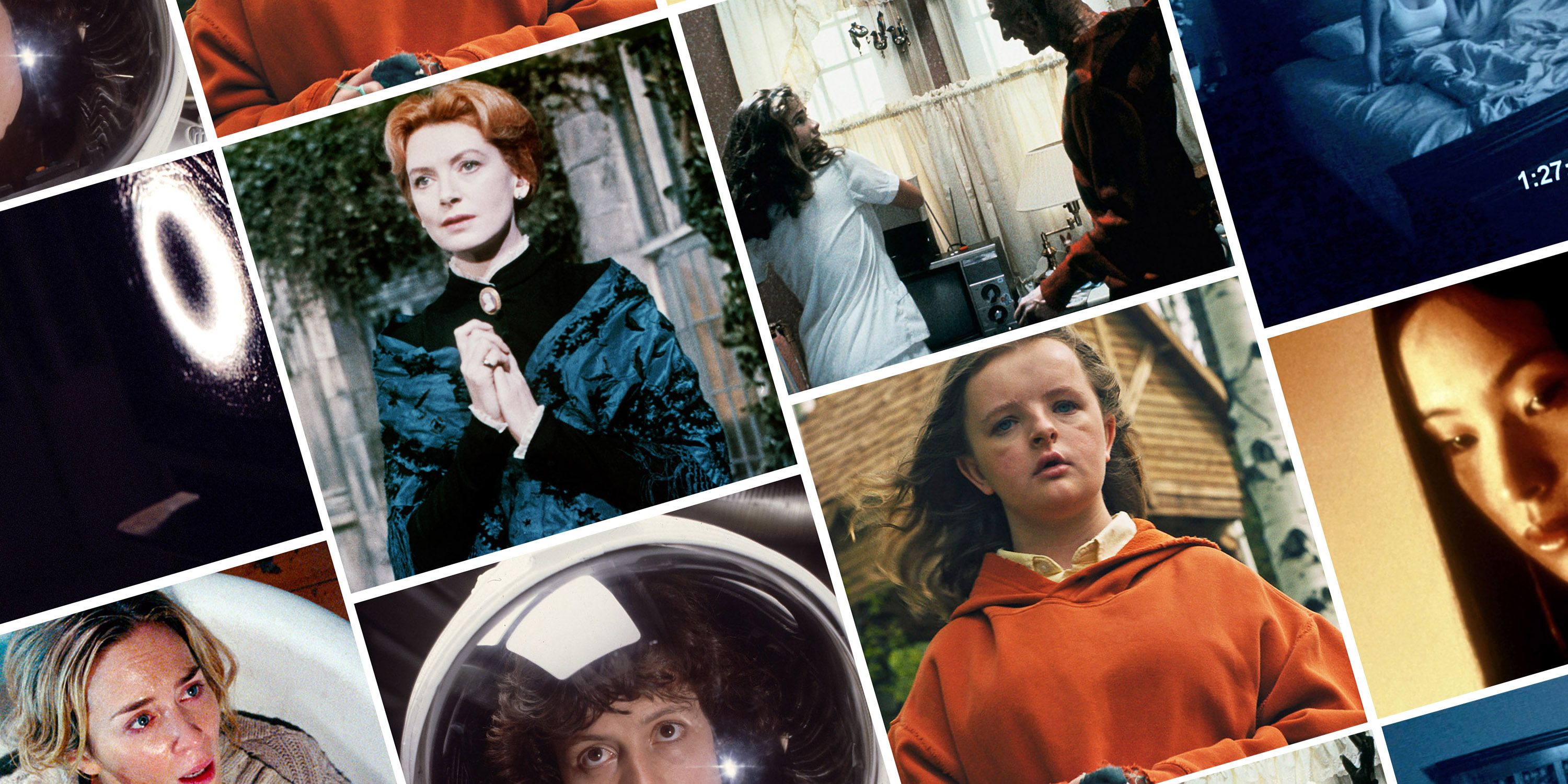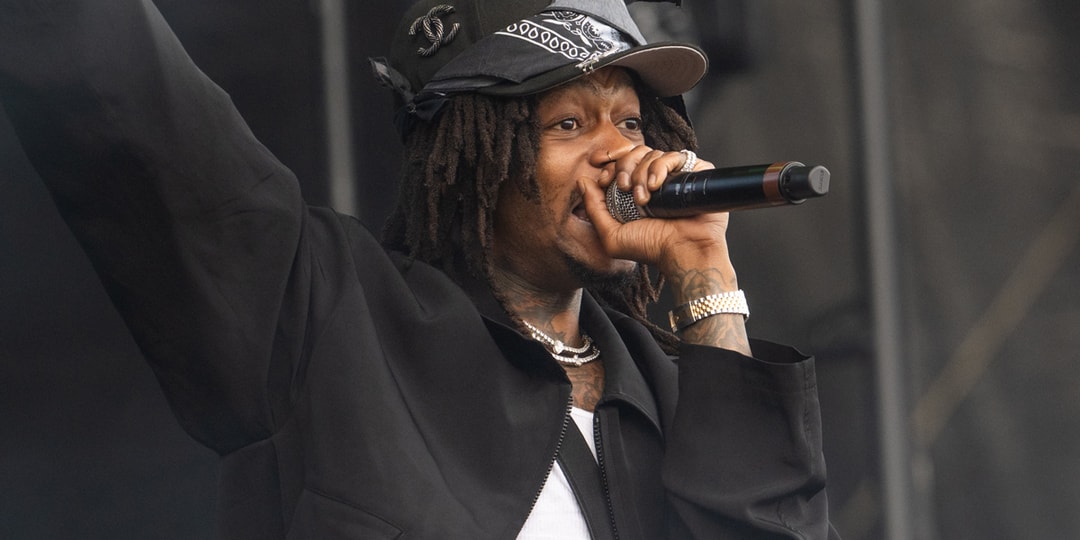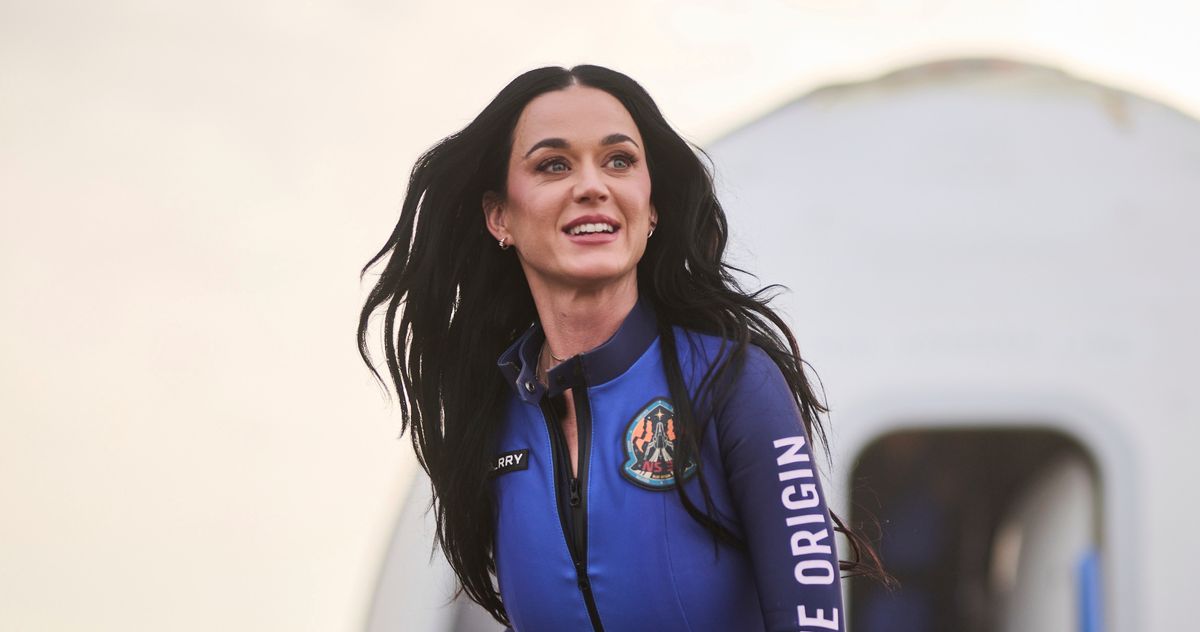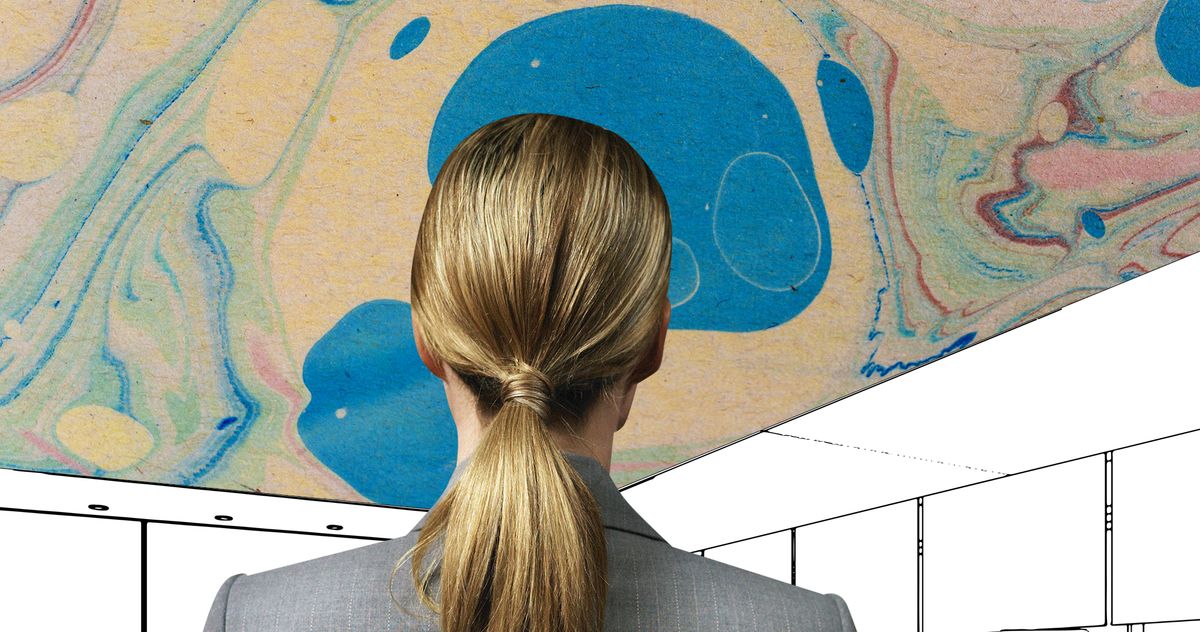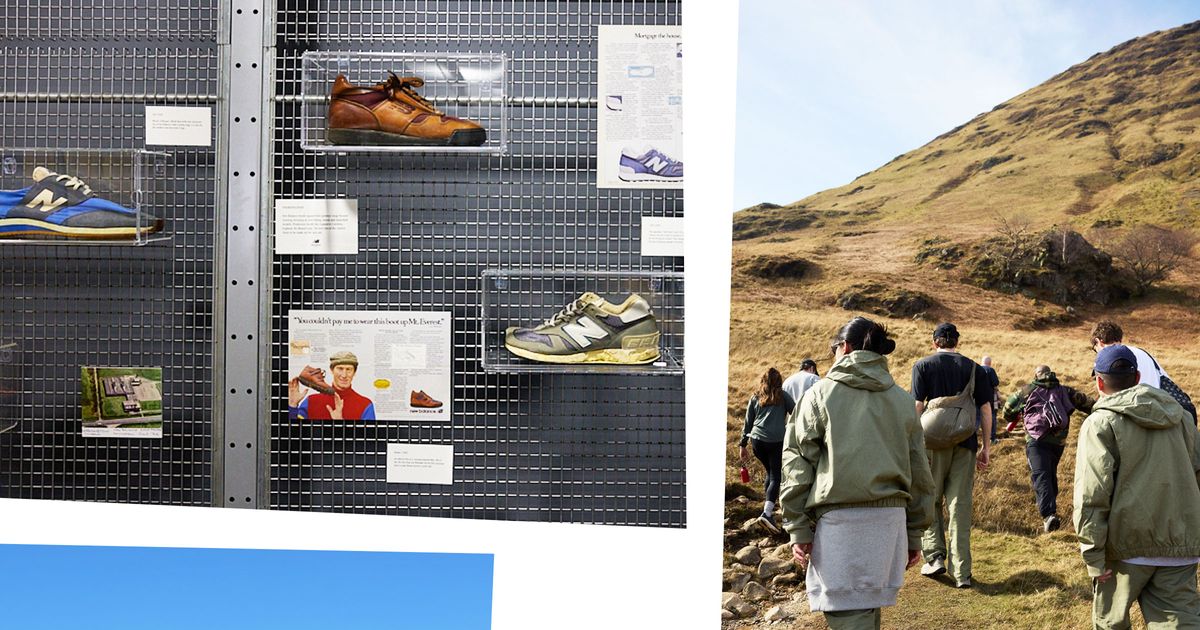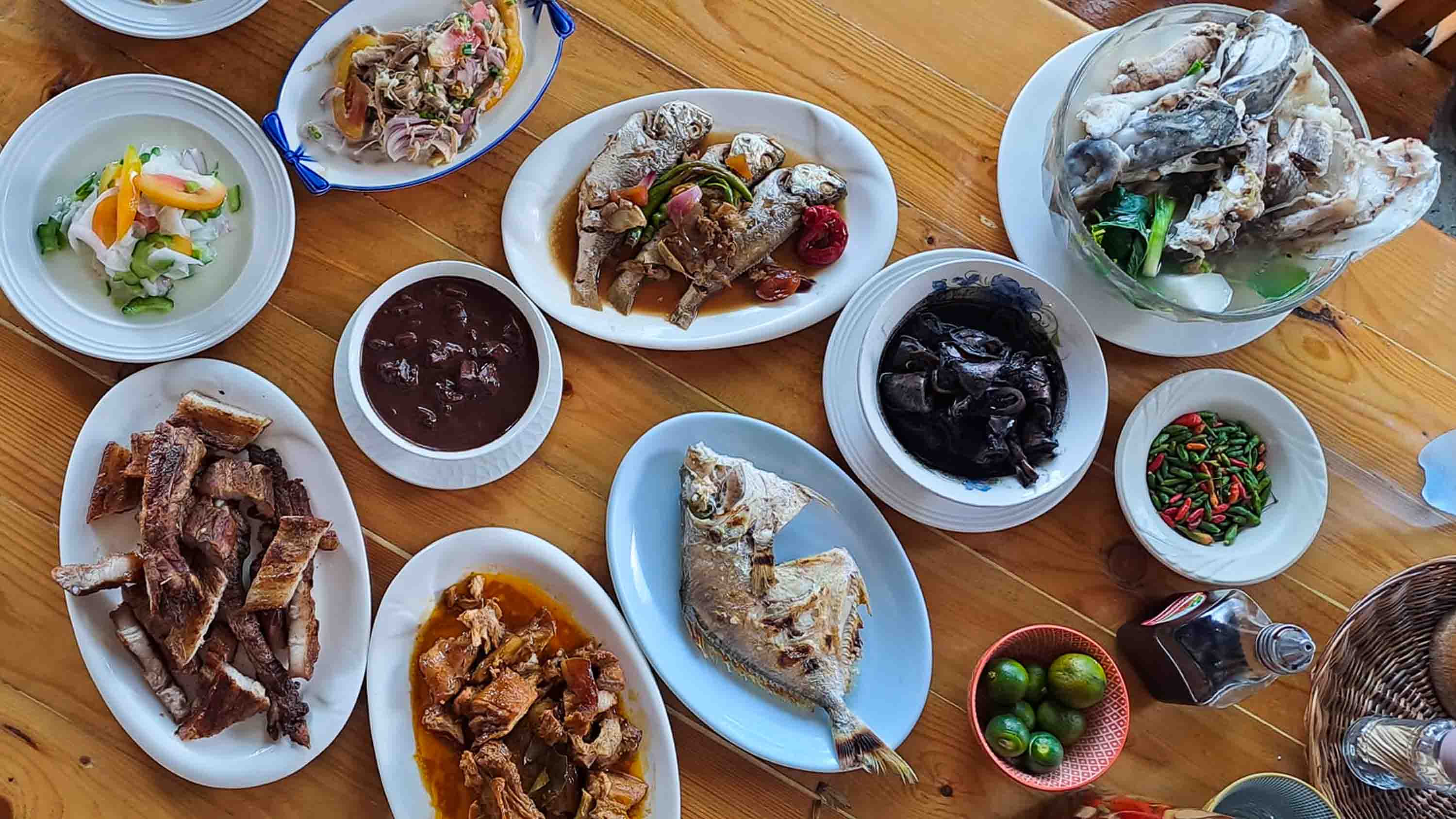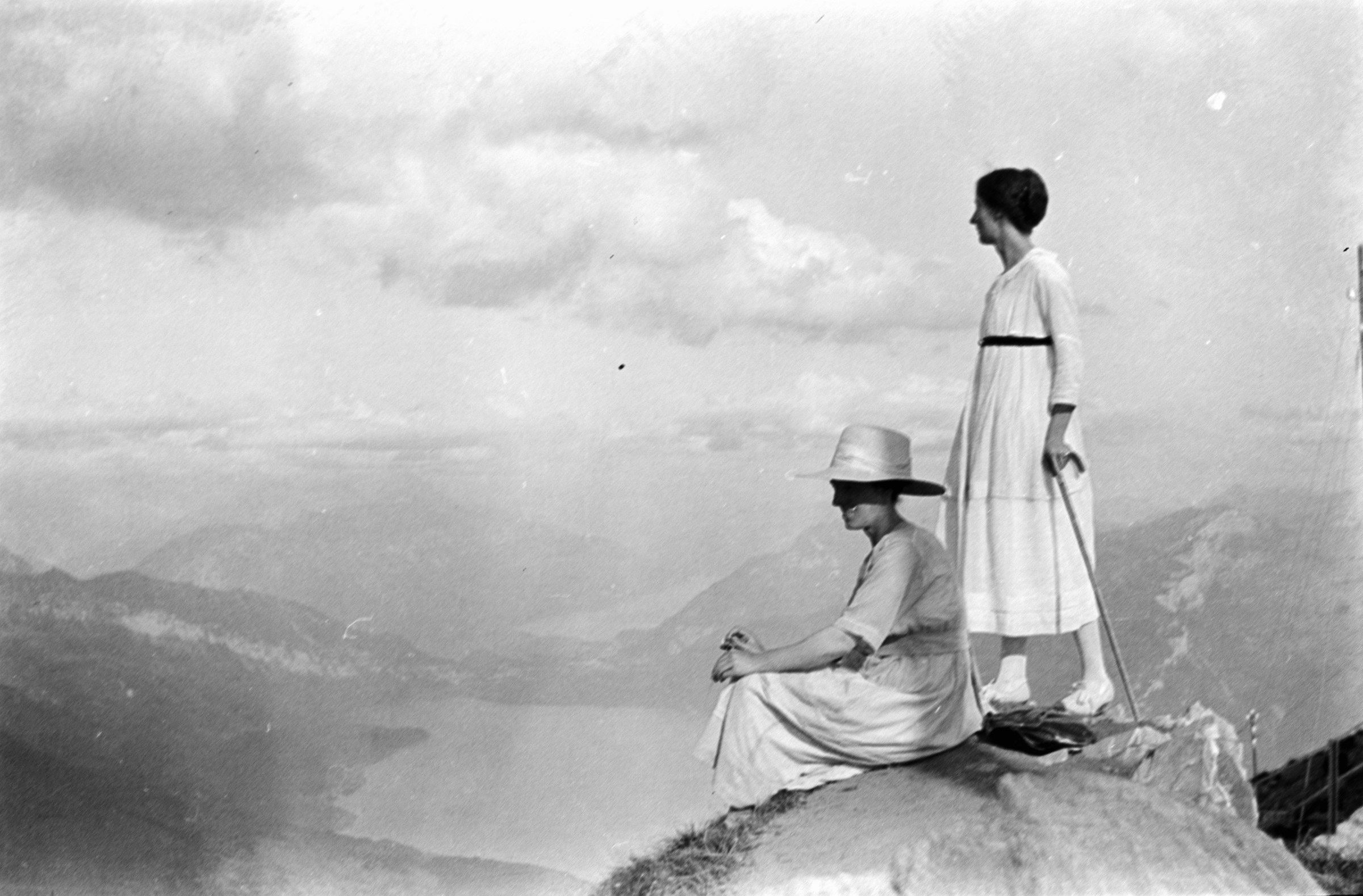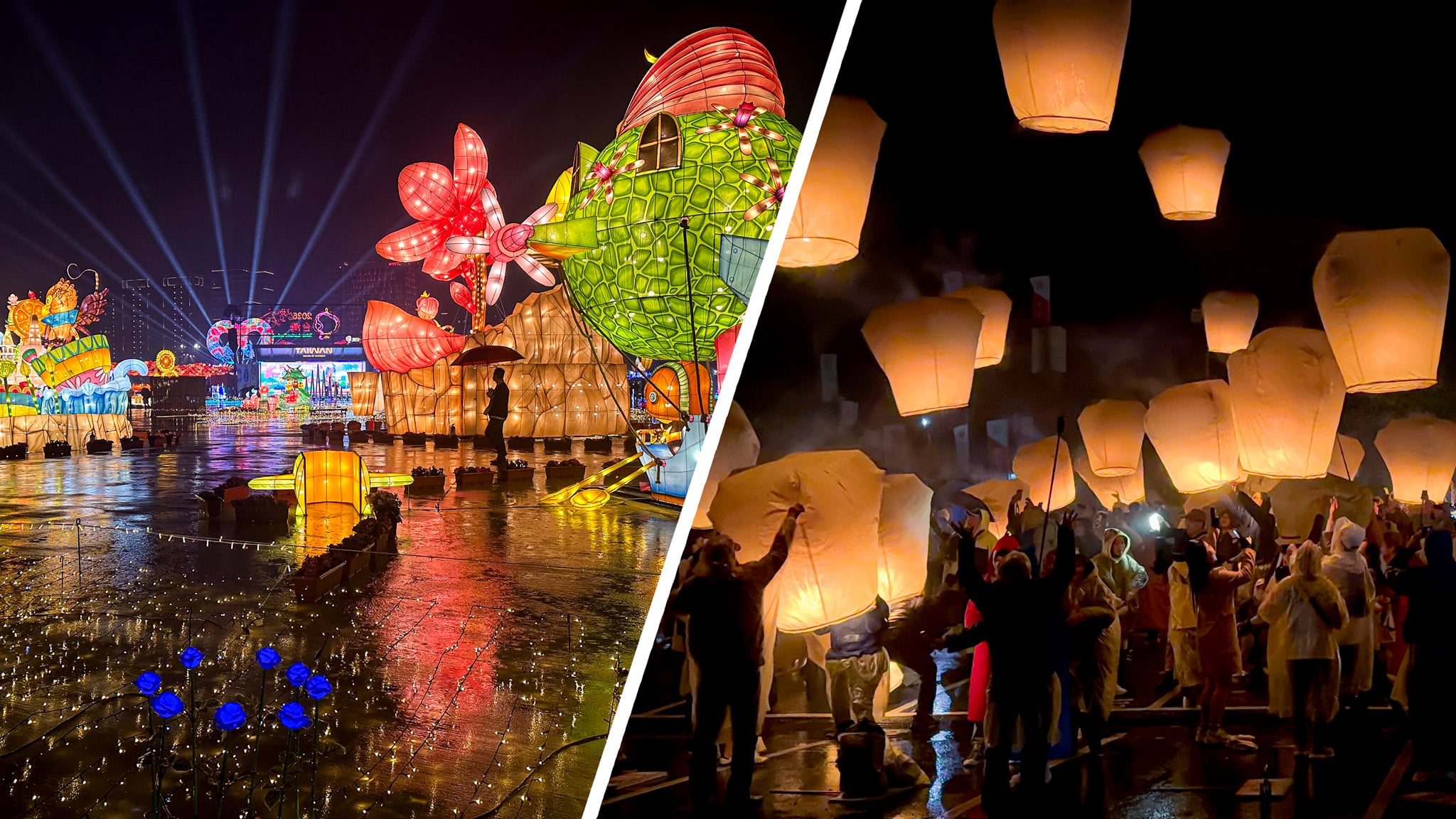Superdawg Drive-In in Chicago, Illinois
Now a Chicago culinary institution, Superdawg Drive-In began as a simple summer hot dog stand. It was 1948 when Maurie Berman, a recently returned World War II GI and accounting student, decided with his wife Flaurie, a public school teacher, to open a seasonal business. Together they set up shop at the end of the streetcar line on Chicago’s far northwest side, where they introduced a simple menu anchored by their signature item—the Superdawg. When you order a Superdawg today, you’re served a steamed beef hot dog topped with golden mustard, bright neon green relish, chopped white onions, and a pickle spear on a poppy seed bun, nestled in a bed of crinkle-cut fries and tucked in a little red cardboard box. The food isn’t all that contributes to Superdawg’s notoriety, but the site itself. It’s a 12-by-20-foot building with a distinctive midcentury design, patterned with white-and-blue diamonds and neon signs. On the roof, two giant sculptures of hot dog characters—one wearing a leopard-print strongman leotard, the other in a blue skirt and matching bow—overlook the street below. The nostalgic dining experience is equally iconic. Cars pull into spaces where customers give their order to the restaurant’s switchboard operator through an electric speaker; when their food’s ready, it’s delivered to them by a carhop. This type of drive-in system was relatively common among restaurants in the 1950s, but now, Superdawg is the only independent restaurant in Chicago known to still use it. Superdawg is nothing if not steeped in tradition. While the establishment has added a few new food offerings in the decades since opening, the menu has largely remained unchanged. The cooks even use the same fry-cutting machine they’ve had since the restaurant’s debut. And the entire operation continues to be managed by the family that started it.


Now a Chicago culinary institution, Superdawg Drive-In began as a simple summer hot dog stand. It was 1948 when Maurie Berman, a recently returned World War II GI and accounting student, decided with his wife Flaurie, a public school teacher, to open a seasonal business. Together they set up shop at the end of the streetcar line on Chicago’s far northwest side, where they introduced a simple menu anchored by their signature item—the Superdawg.
When you order a Superdawg today, you’re served a steamed beef hot dog topped with golden mustard, bright neon green relish, chopped white onions, and a pickle spear on a poppy seed bun, nestled in a bed of crinkle-cut fries and tucked in a little red cardboard box.
The food isn’t all that contributes to Superdawg’s notoriety, but the site itself. It’s a 12-by-20-foot building with a distinctive midcentury design, patterned with white-and-blue diamonds and neon signs. On the roof, two giant sculptures of hot dog characters—one wearing a leopard-print strongman leotard, the other in a blue skirt and matching bow—overlook the street below.
The nostalgic dining experience is equally iconic. Cars pull into spaces where customers give their order to the restaurant’s switchboard operator through an electric speaker; when their food’s ready, it’s delivered to them by a carhop. This type of drive-in system was relatively common among restaurants in the 1950s, but now, Superdawg is the only independent restaurant in Chicago known to still use it.
Superdawg is nothing if not steeped in tradition. While the establishment has added a few new food offerings in the decades since opening, the menu has largely remained unchanged. The cooks even use the same fry-cutting machine they’ve had since the restaurant’s debut. And the entire operation continues to be managed by the family that started it.






























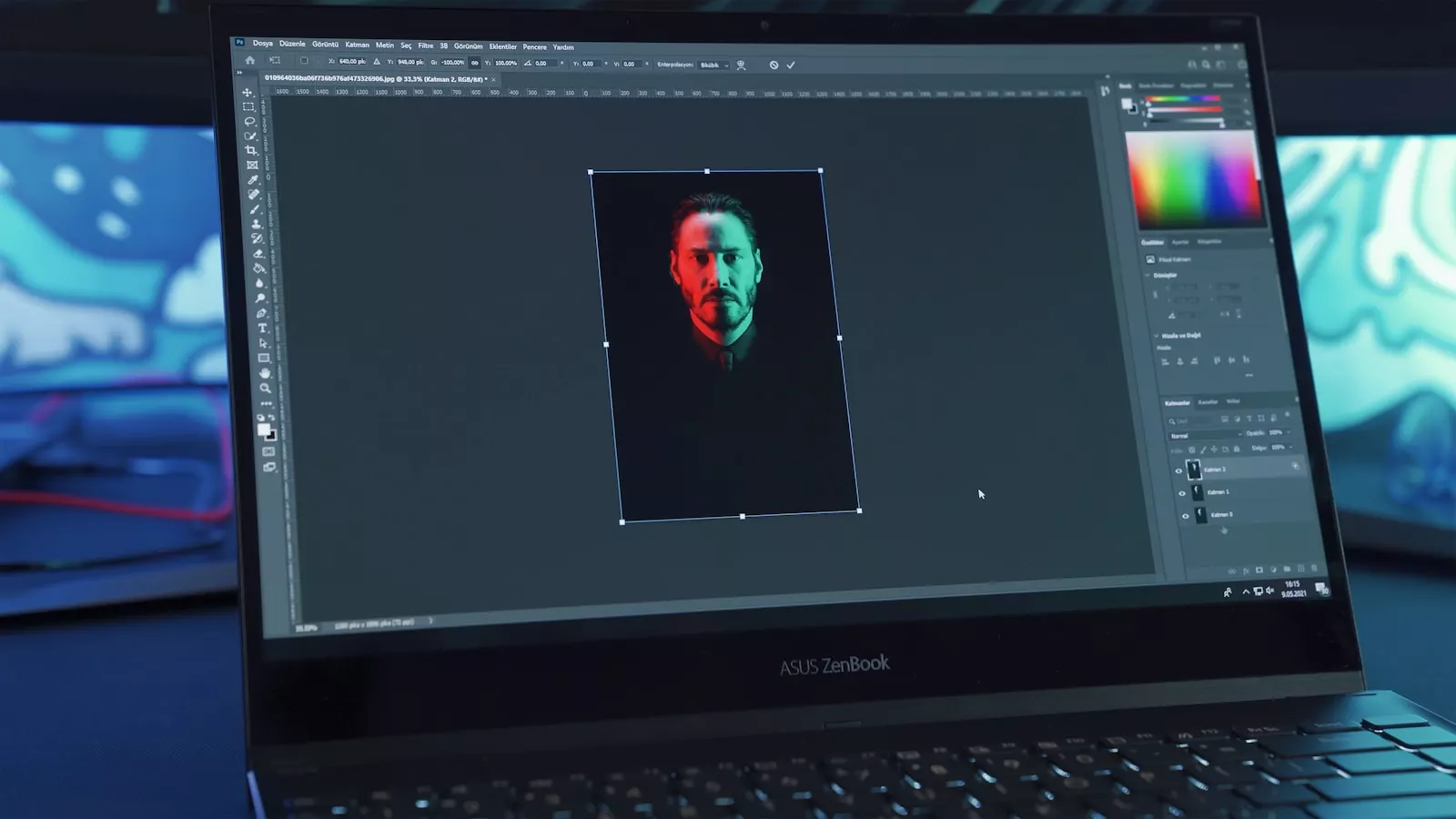






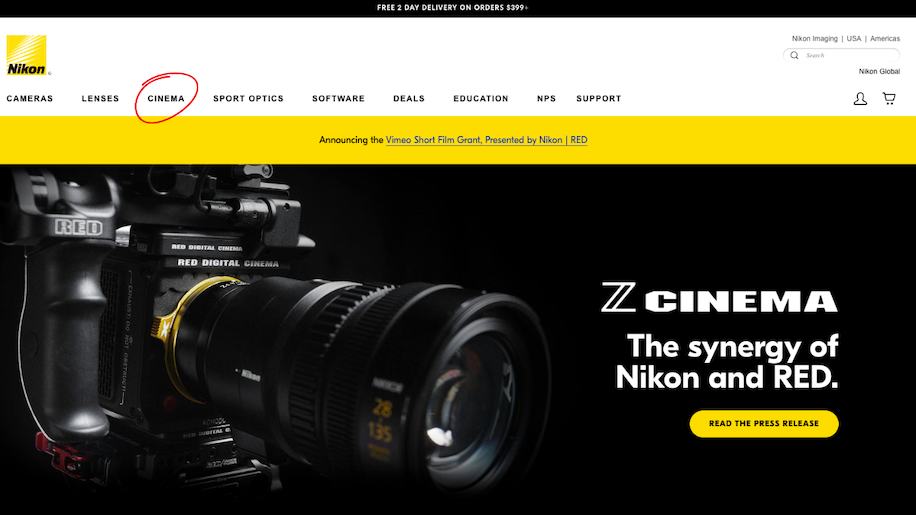

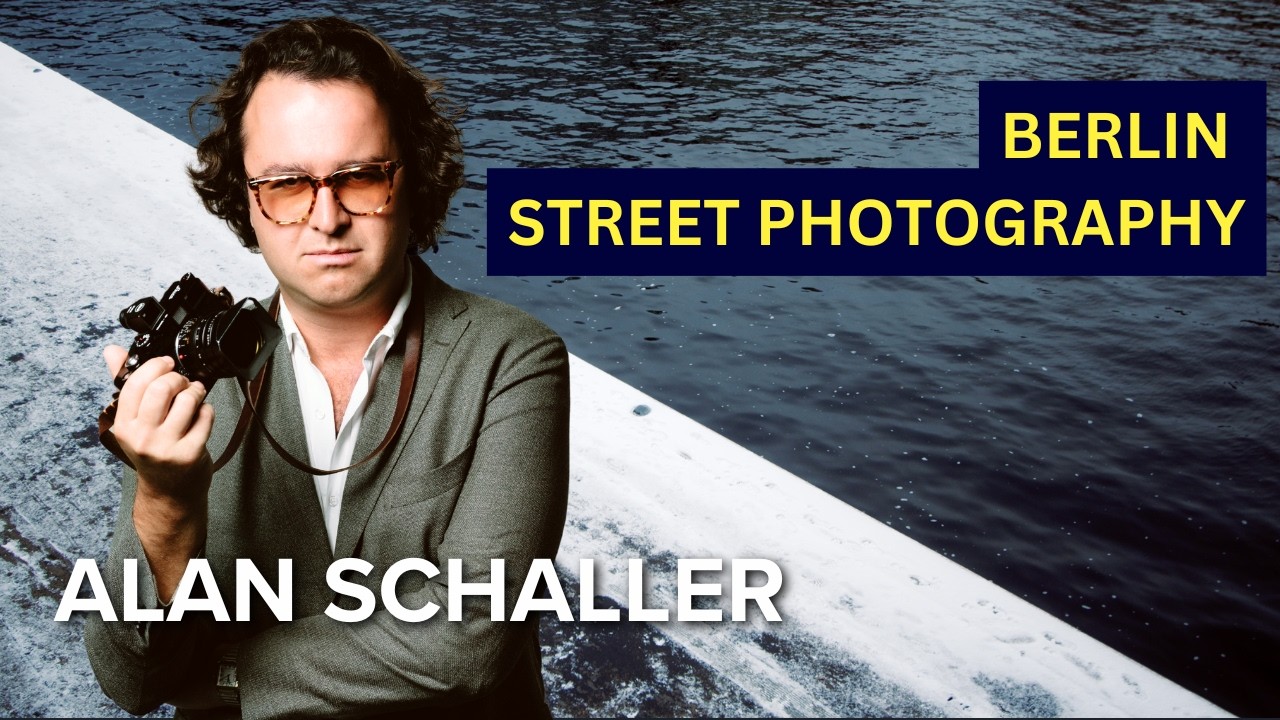






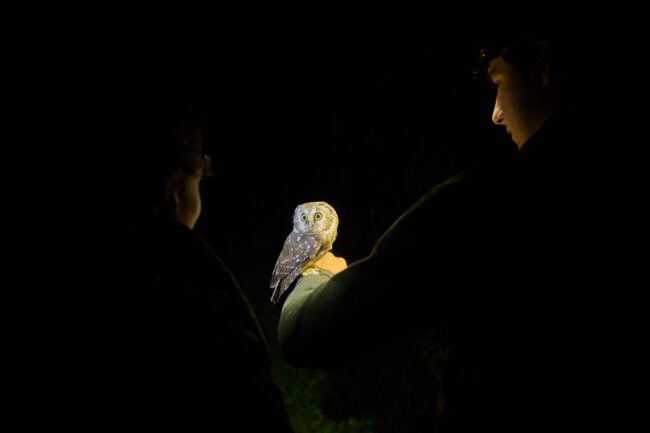










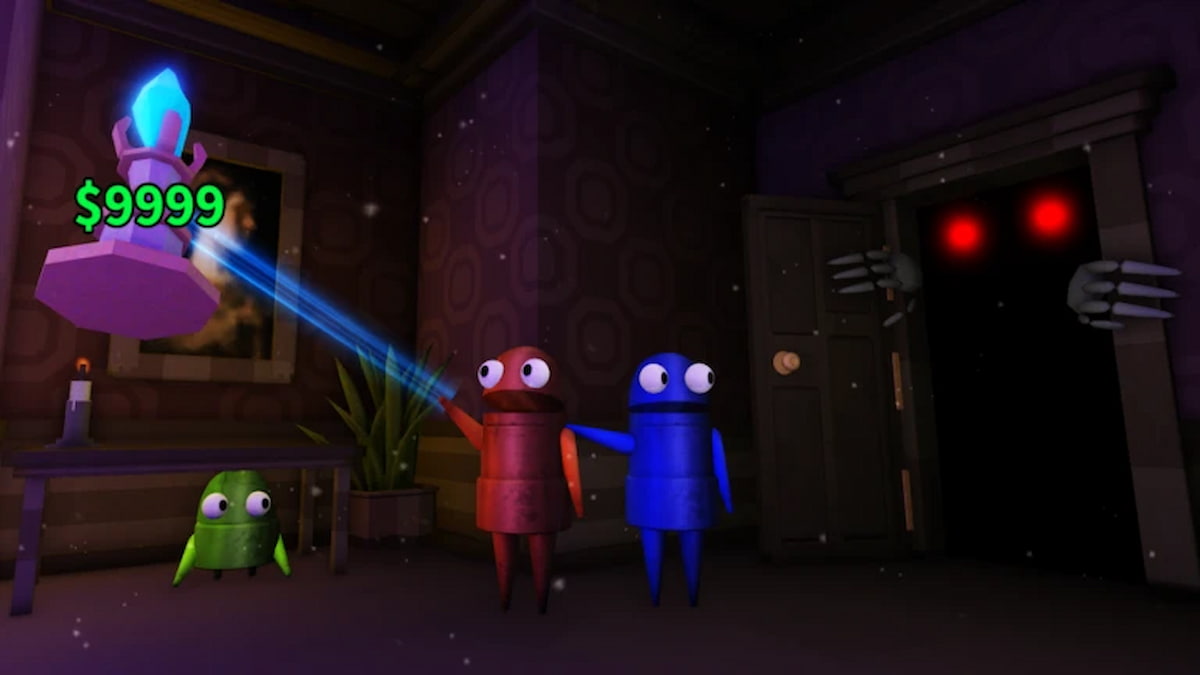




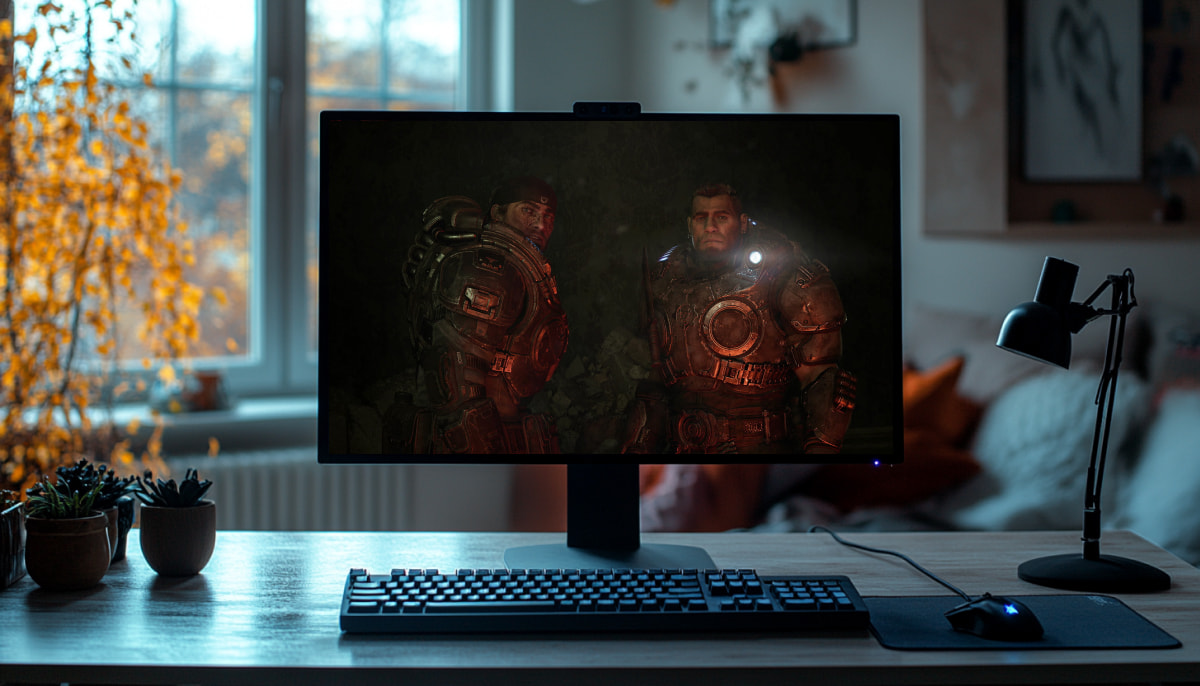



-Baldur’s-Gate-3-The-Final-Patch---An-Animated-Short-00-03-43.png?width=1920&height=1920&fit=bounds&quality=70&format=jpg&auto=webp#)












